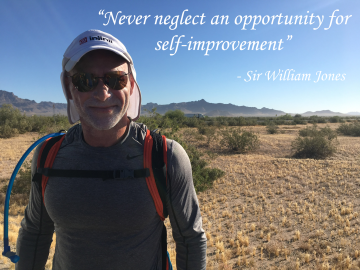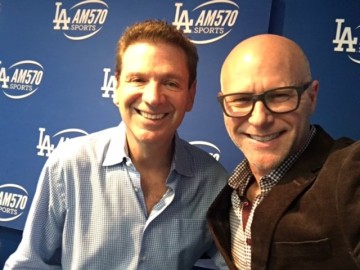Much has been made of the circumstantial case against Aaron Hernandez. I have written and talked about it since the trial started several weeks ago.
The latest edition of “As the circumstantial case turns,” centers on the murder weapon. Courtroom observers have said this is a problem for the prosecution. A Boston Globe article on the trial from Wednesday calls the missing gun, “a major flaw in the government’s case.”
Let’s tap the brake for a reality check.
If not having a murder weapon was enough to exonerate a defendant, then the lakes, rivers, and any of the other places people toss weapons to hide the evidence would be overflowing with guns, bags of drugs, and dead bodies. Sure, prosecutors would love to have the murder weapon, along with Hernandez’s fingerprint on the trigger. Add in a videotape of the killing and a full confession, and they’re ecstatic. But in the real world of day-to-day trial lawyers, things don’t work out that way, and the justice system still functions. For an effective prosecutor, not having the murder weapon is simply not that big of a problem.
In the Hernandez case the prosecution has used testimony from friends, family and experts, plus security camera images, to show a connection between Hernandez and the Glock 21 Generation 3, .45-caliber semi-automatic pistol that is the murder weapon. This includes a home security video taken moments after the murder.
Dan Wetzel from Yahoo Sports writes, The defense team has argued the image might be anything from a television remote to an iPad. The prosecution brought in a Glock district manager and former New Hampshire police chief who testified that Hernandez did have a gun in his hand, which was the same make and model used to kill Lloyd. Garsh even allowed the witness to hold the weapon up for the jury.
Wetzel also points out, via DNA evidence, surveillance video, cell phone records, tire tracks, shoe prints and other items, Hernandez is clearly established to have picked up Odin Lloyd outside his Boston-area home in the early-morning hours of June 17. Hernandez then drove, along with two other friends who are charged as co-conspirators, to the undeveloped plot of land in an industrial area near Hernandez’s North Attleboro home where Lloyd’s body was found the next day.
Five spent shell casings were found at the scene. A sixth shell was discovered in the rented car Hernandez drove that night when he returned it to an Enterprise franchise in Rhode Island.
There is no conceivable way to argue Hernandez wasn’t at the murder scene around the time of the murder.
And that brings us back to the circumstantial nature of the evidence against Hernandez. Gun or no gun, the story the prosecution has laid out all fits together. They hope when the jury puts all he various pieces from 9 weeks of testimony and more than 100 witnesses together it leads to one conclusion – Aaron Hernandez is guilty of capital murder.
But wait there’s more. The Massachusetts’ “Joint Venture” law.
Wetzel points out, the jury can convict Hernandez of first degree murder just be being a willing participant.
“The Commonwealth does not require proof that the defendant himself performed an act that caused Odin Lloyd’s death to establish that the defendant is guilty of murder,” Judge Garsh instructed the jurors during opening statements. “The Commonwealth requires two things: First the defendant knowingly participated in the commission of this crime, and second, he did so with the intent required to commit the crime.”
It will be up to the defense to convince jurors the prosecution did not prove their case. I anticipate a passionate closing argument from criminal defense attorney Michael Fee.
So as we wrap up this episode of “As the circumstantial case turns,” the missing gun is in all likelihood a distraction at best and not something the defense can count on to be the reasonable doubt needed to keep their client out of prison.
And at the same time, in the world of criminal trials, as in the world of football, the opinions of the pundits matter not at all. The game isn’t played in the commentator’s booth, it is played on the field. Sometimes the defense is just playing for fumbles, but comes up with an upset victory for the ages. Will the defense case be a well-oiled, fully orchestrated machine, or the equivalent of a Hail Mary pass? As someone who views courtroom activity as the ultimate in reality TV, damn the Vegas odds, I just want to see how this game plays out.
- #JourneyAcrossAmerica Update - May 10, 2017
- CNN Interview for my #RunAcrossAmerica - April 21, 2017
- #WhatsMyWin Training and Interview for my #RunAcrossAmerica - April 21, 2017






 Darren is an accomplished TV personality, attorney, interventionist, keynote speaker, and 'misbehavior expert' who appears constantly on countless TV and radio shows.
Darren is an accomplished TV personality, attorney, interventionist, keynote speaker, and 'misbehavior expert' who appears constantly on countless TV and radio shows.